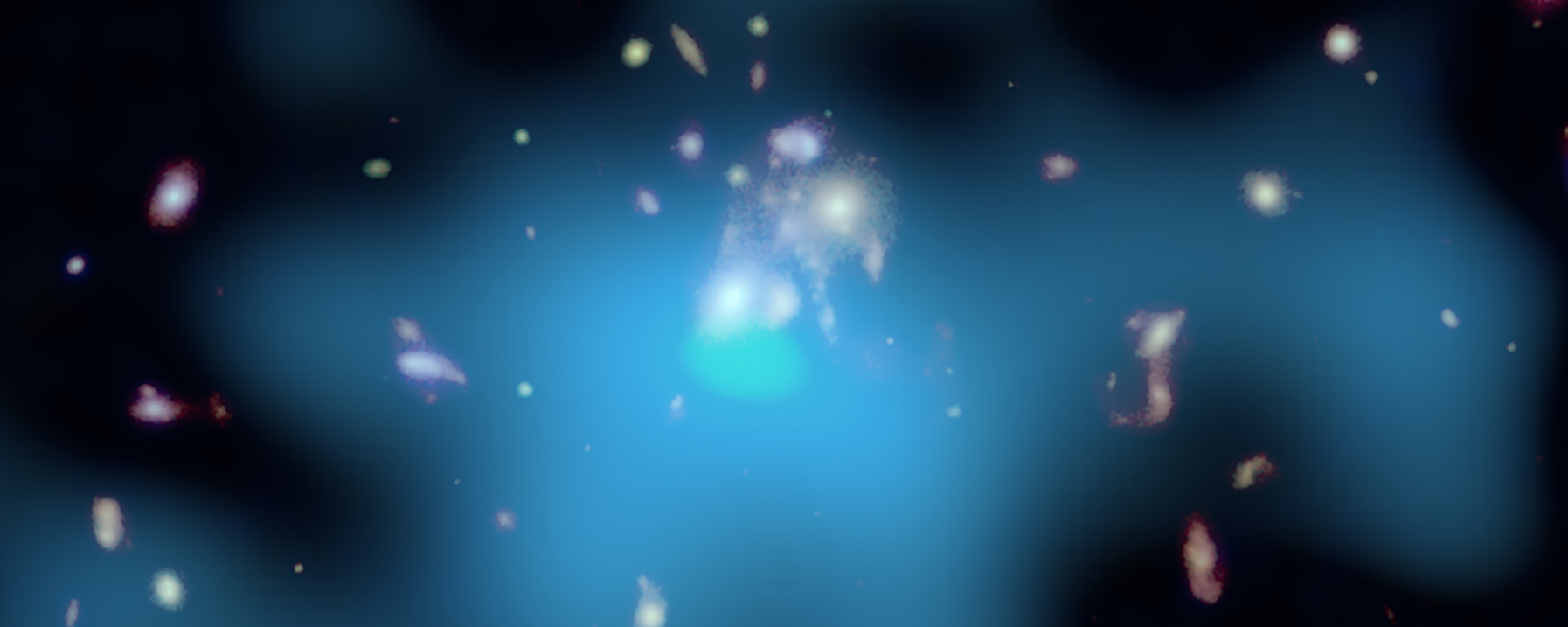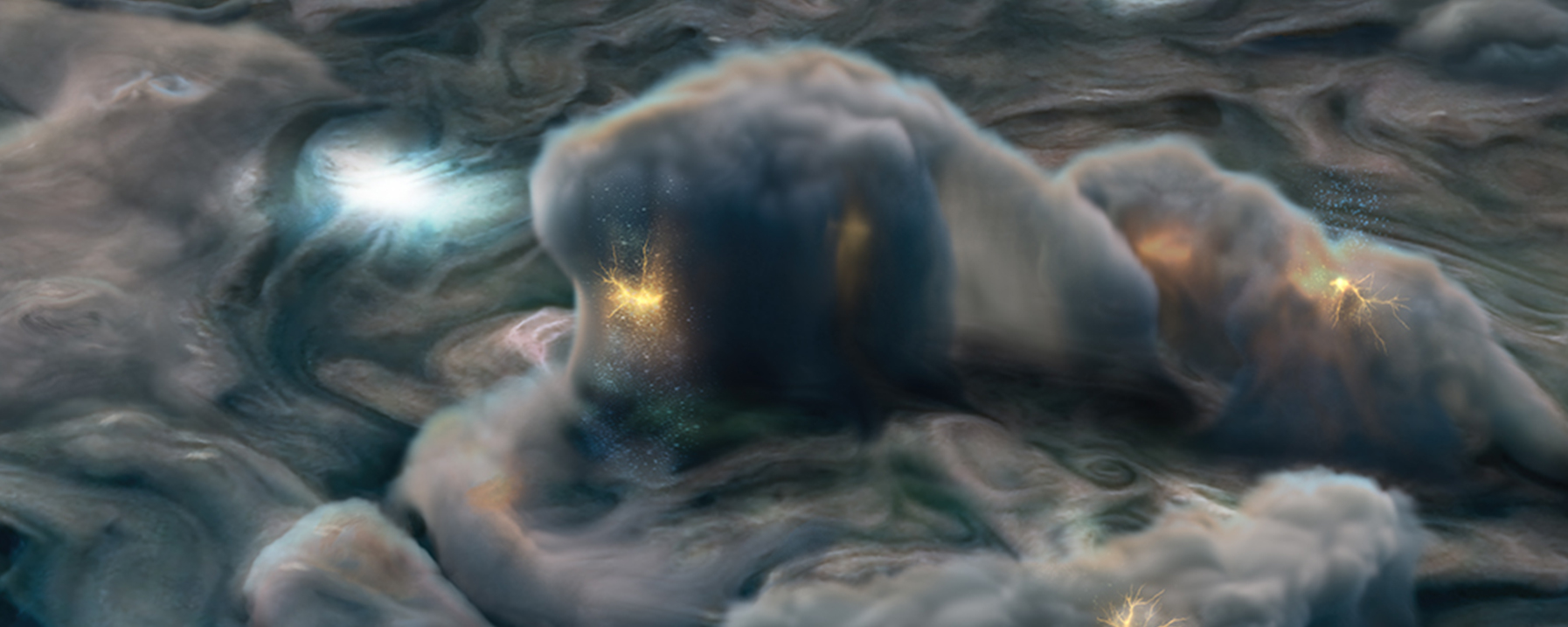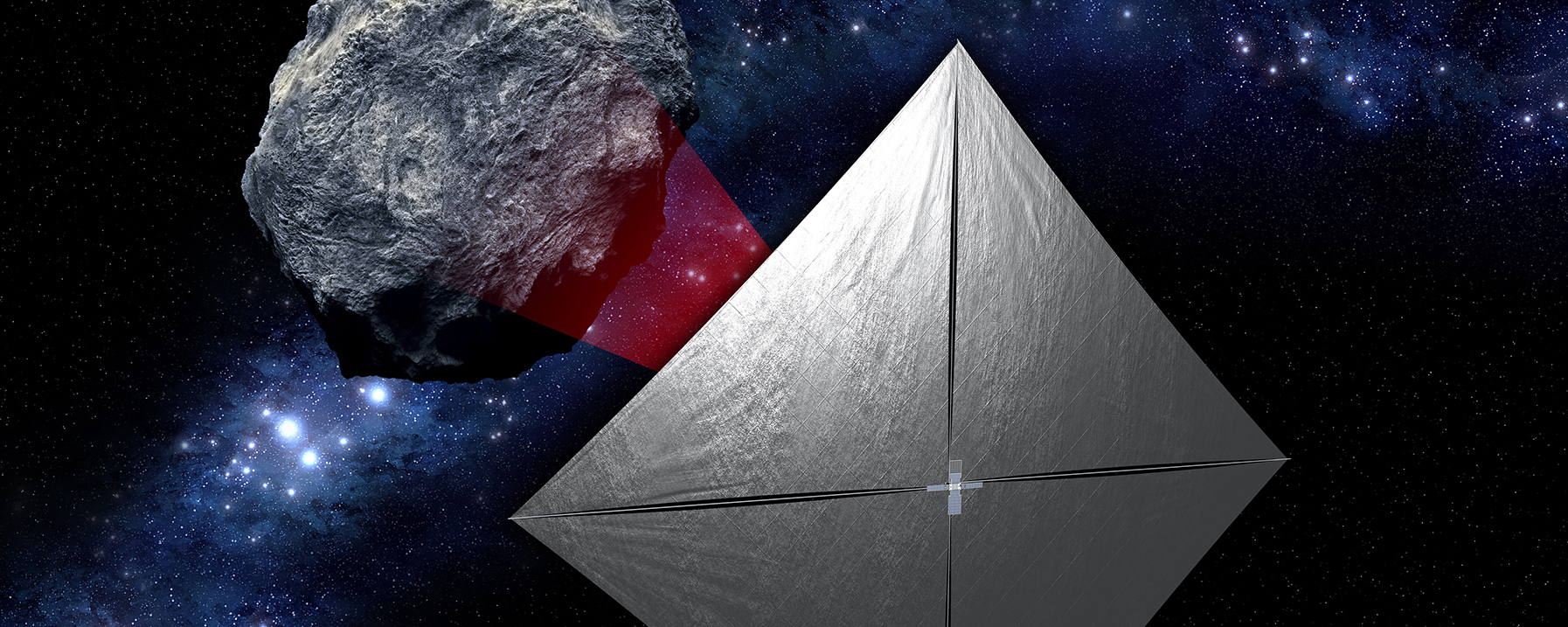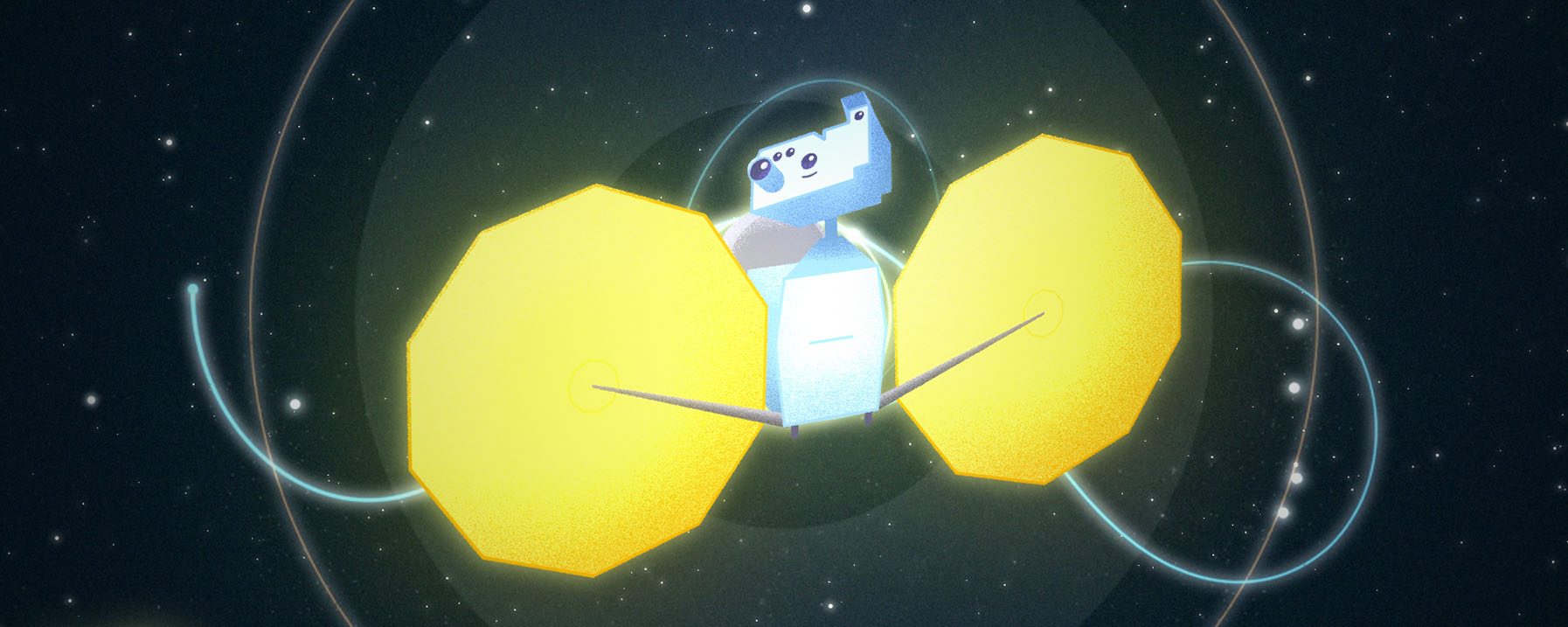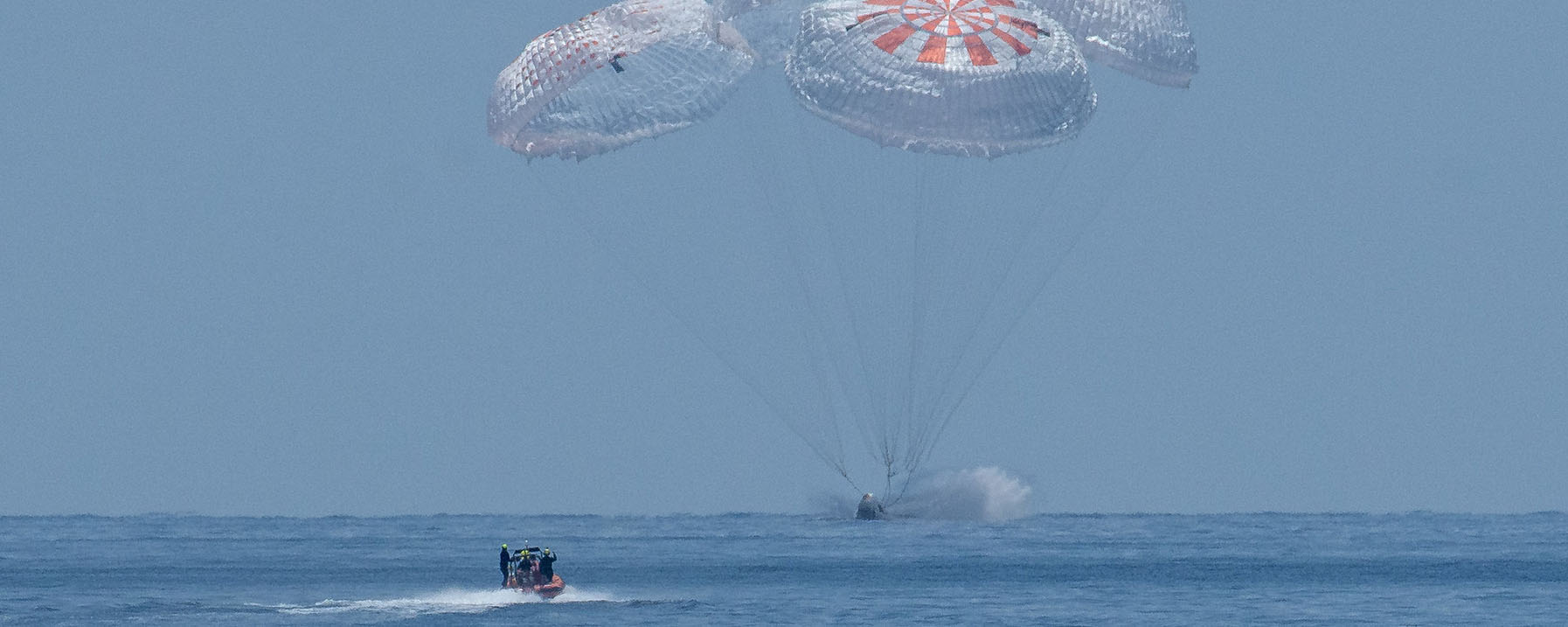Black Hole Fails to Do Its Job
Astronomers have discovered what can happen when a giant black hole does not intervene in the life of a galaxy cluster. Using NASA’s Chandra X-ray Observatory and other telescopes, they have shown that passive black hole behavior may explain a remarkable torrent of star formation occurring in a distant cluster of galaxies. NASA’s Marshall Space Flight Center in Huntsville, Alabama, manages the Chandra program.
‘Shallow Lightning’ and ‘Mushballs’ Reveal Ammonia to NASA’s Juno Scientists
New results from NASA’s Juno mission at Jupiter suggest the solar system’s largest planet is home to “shallow lightning.” An unexpected form of electrical discharge, shallow lightning originates from clouds containing an ammonia-water solution, whereas lightning on Earth originates from water clouds. Juno is part of NASA’s New Frontiers Program, which is managed at Marshall.
NEA Scout to Study Nearby Asteroid, Test Solar Sail
See how NEA Scout, one of 13 shoebox-sized CubeSats riding aboard Artemis I, will perform its mission and unfurl a solar sail the size of a school bus to propel to a near-Earth asteroid. NEA Scout is being designed and developed by Marshall and NASA’s Jet Propulsion Laboratory in Southern California.
NASA’s Lucy Mission Passes Critical Mission Milestone
NASA’s Lucy Mission completed its System Integrations Review the final week of July, a major milestone on the path to spacecraft assembly, test, and launch operations. Lucy will be the first space mission to study the Trojan asteroids, a population of small bodies orbiting the Sun. Lucy is part of NASA’s Discovery Program, managed by the Planetary Missions Program Office at Marshall.
Splashdown Recap: Bob and Doug Come Home
NASA astronauts Robert Behnken and Douglas Hurley splashed down in the SpaceX Dragon Endeavour capsule Aug. 2, off the coast of Pensacola, Florida. Hurley and Behnken arrived at the International Space Station on May 31 and spent 62 days supporting science and research aboard the orbiting laboratory as part of Expedition 63.
For more information or to learn about other happenings at NASA’s Marshall Space Flight Center, visit NASA Marshall. For past issues of the ICYMI newsletter, click here.

























